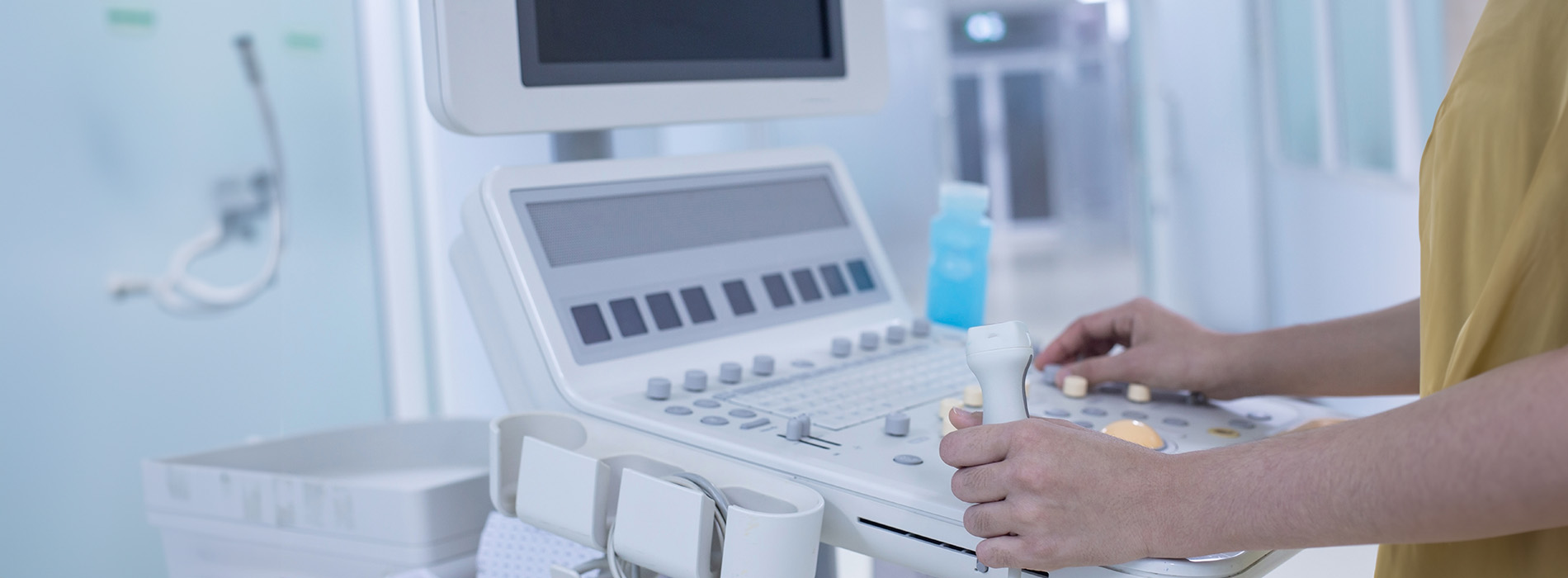Existing Patients
(212) 679-4488
New Patients
(212) 401-2665

Peripheral Vascular Disease (PVD) occurs when blood vessels outside the heart and brain become narrowed or blocked, usually due to plaque buildup. This condition primarily affects the legs and can lead to pain, cramping, and reduced circulation, increasing the risk of serious complications like ulcers and infections.
At Heartwise Cardiology, Dr. David Harnick and Dr. Raymonda Rastegar offer expert evaluation and treatment for PVD at our Murray Hill, Manhattan location. Our team provides advanced diagnostic testing, including vascular ultrasounds, to assess blood flow and identify blockages.
We offer a range of treatments to manage PVD, including:
Early detection and treatment of PVD can help prevent serious complications, including limb loss. If you’re experiencing leg pain, numbness, or slow-healing wounds, schedule an evaluation at Heartwise Cardiology today.
Peripheral Vascular Disease (PVD) often causes leg pain or cramping, especially when walking or exercising, a condition known as claudication. Other symptoms may include numbness, tingling, skin discoloration, slow-healing wounds, or coldness in the legs or feet. If left untreated, PVD can lead to serious complications, including infections and ulcers.
Diagnosis may involve a physical exam, vascular ultrasound, or other imaging tests to assess blood flow and artery health.
Treatment for PVD depends on the severity of the condition. Mild cases may be managed with lifestyle changes, including exercise, smoking cessation, and dietary adjustments. Medications may be prescribed to improve circulation, lower cholesterol, or prevent blood clots. In more advanced cases, minimally invasive procedures like angioplasty and stenting may be necessary to restore blood flow and prevent complications. A bypass graft is another type of vascular surgery reserved for advanced cases to reroute and restore healthy blood flow.
